Lily Audio Genesis One Crystal Core Headphones – Impedance And Clarity Beyond Origins
Lily Audio Genesis One is a $1200 USD pair of headphones with a unique crystal core technology, which are now available on Kickstarter and as we can see in our review today, the product exists, is real and working, and will be the focus of our review today. As this is a high-end pair of headphones, we will also compare the Genesis One with other headphones including HIFIMAN Arya Unveiled (1449 USD), SJY Horizon (999 USD) and Erzetich Mania V2024 (1249 USD).

Introduction
Genesis One, the headphones we are reviewing today are the first ever launched pair of headphones by Lily Audio, and they are between a prototype (fully working) and ready for market. The headphones are basically final, the company is real, but the package will be different from what I received so currently we judge just the headphones. The biggest difference will be that I suggested for the company to include a balanced 4.4mm balanced cable with the package, as we will explore later on that this pair of headphones has basically the highest impedance we’ve ever seen in a pair of headphones and needs a LOT of power. You can purchase a pair of Genesis One on Kickstarter, as they are currently available there, but after the original KS campaign, the company is planning on producing them and making them available on multiple hifi sale channels and hopefully on Amazon. If you purchase them now, there is an Early Bird special of 42% off, 50% off and or 38% Off, depending on how fast you are to order them, as those are limited units for the first backers. As a cautionary tale, I have not yet delivered on a kickstarter campaign I ran over 7 years ago for my company Seventh Heart Studios, and the project will likely be ready this year or next year, that was because the product was not complete and the money went straight to development, not to production of rewards and delivering them. For Lily Audio they have a complete product, with R&D done, and their Genesis One exists and can be mass produced even today, so I don’t have doubts on their ability to deliver the ordered units.

As an Amazon Influencer, I earn from qualifying purchases, and using the purchase links in my reviews helps me maintain this website and Youtube Channel. Audiophile-Heaven has no Ads and our Youtube Channel has no midroll ads, and our work is supported by Affiliate Links and Donations. Huge thanks to Lily Audio for providing the sample for this review, in exchange for my honest opinion.
Product Link
Kickstarter With Special Perks – https://www.kickstarter.com/projects/lilyaudio/genesis-one-audiophile-headphones
Build Quality And Design
Genesis One is a unique pair of headphones, as they are the first in the whole world to be powered by the Crystal Core technology. This year has been amazing, with HIFIMAN fully launching their Unveiled series of drivers, and now Lily Audio their Crystal Core, but this one is basically a way to take a dynamic and a planar driver and mix them in a hybrid driver. Different from having both drivers in a single headphone like HIFIMAN Isvarna has, Genesis One uses a unique Crystal full-range composite transducer, basically a crystal layer that oscillates in direct response to a signal, basically being a solid state technology.

You can think of it like a solid state driver instead of magnetic based driver like dynamic and planar drivers are. The idea the company relies on is that the whole driver has no mechanical inertia, and no magnetic hysteresis, resulting in a lower harmonic distortion, cleaner transient response and better phase integrity.

There are no coils, no magnets, and this promises an extra wide frequency response along with a super fast transient response, low distortion, all delivered by a huge 75mm honeycomb diaphragm, for a pure sound. Genesis One is currently one of the if not the lightest flagship pair of headphones at 310 grams, offering likely the largest earpads with a low clamping force and oversized pads, for really long listening sessions.
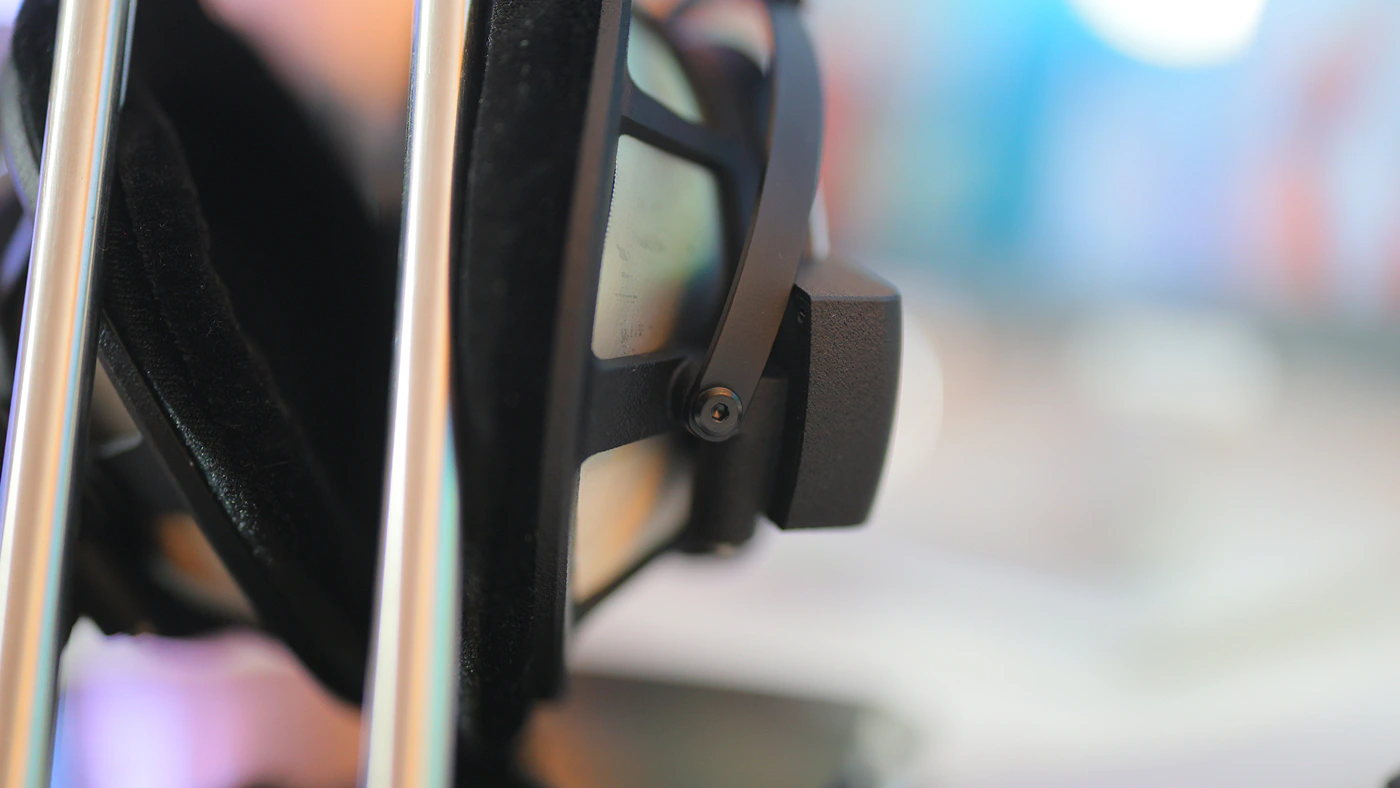
At the core, Genesis One sports multiple strengths, including a 75mm diaphragm, with the flat-panel honeycomb composite diaphragm, larger than any dynamic driver currently found inside headphones, housed in a large 120mm housing and earpads (the smoke chimney of my home is 130mm in diameter for reference), along with strategically angled drivers and fully open-back architecture, with the back of the driver being shielded by precision stainless steel mesh for the most open design possible.

Construction includes a stainless steel frame, aluminium in the frame of the earcups, lambskin earpads (for later versions, as the one I have for review uses a velour touch material, and a leather headband). Genesis One is produced in small batches in California, with each unit being hand assembled, and calibrated. Genesis one also has a technical SPL or sensitivity of 102 dB/mW, a nominal impedance of higher than 300 OHMs, but during our tests, it is likely higher than 600 OHMs as well, cables are detachable and use a very standard 3.5mm connector at the earcup side, being compatible with all cables made for hifiman headphones, and the FR response extends between 20 Hz and 55 kHz.
Subjective Usage
I feel like mentioning how hard they are to drive belongs to the sound quality part of the review, but Genesis one is so hard to drive that this will be relevant from the very first second you’re using them, as you will need more amplification to drive the Genesis One that even what you needed for Susvara OG. Trick here is not necessarily how much power you need, but how much voltage, and it acts more like an ultra high impedance headphone, more similar in character and how hard it is to drive to an electrostatic pair of headphones like HIFIMAN Shangri-La Mini.
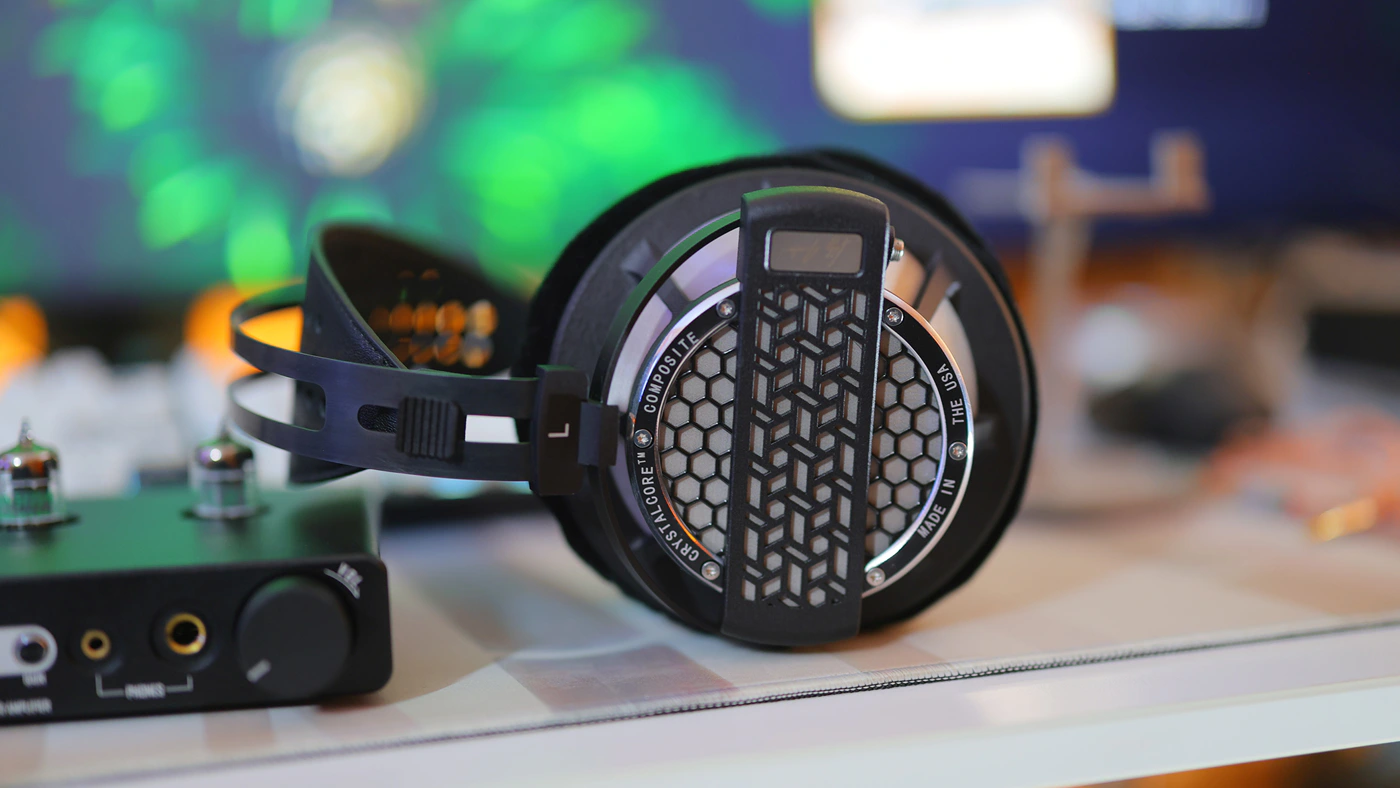
When wearing the Lily Audio Genesis One, the first thing I noticed was just how darn comfortable they are, as they make all other headphones feel heavy. At 300 grams, those sit like a literal feather on my head, and you couldn’t convince me to take them off. Comfort is sublime with the Genesis One, they are not just lightweight, but they are actually comfortable to wear for any period of time you can think off, the huge earpads will have more than enough space for any ears out there, and the earcups swivel enough in all directions for them to fit any head shape and size.
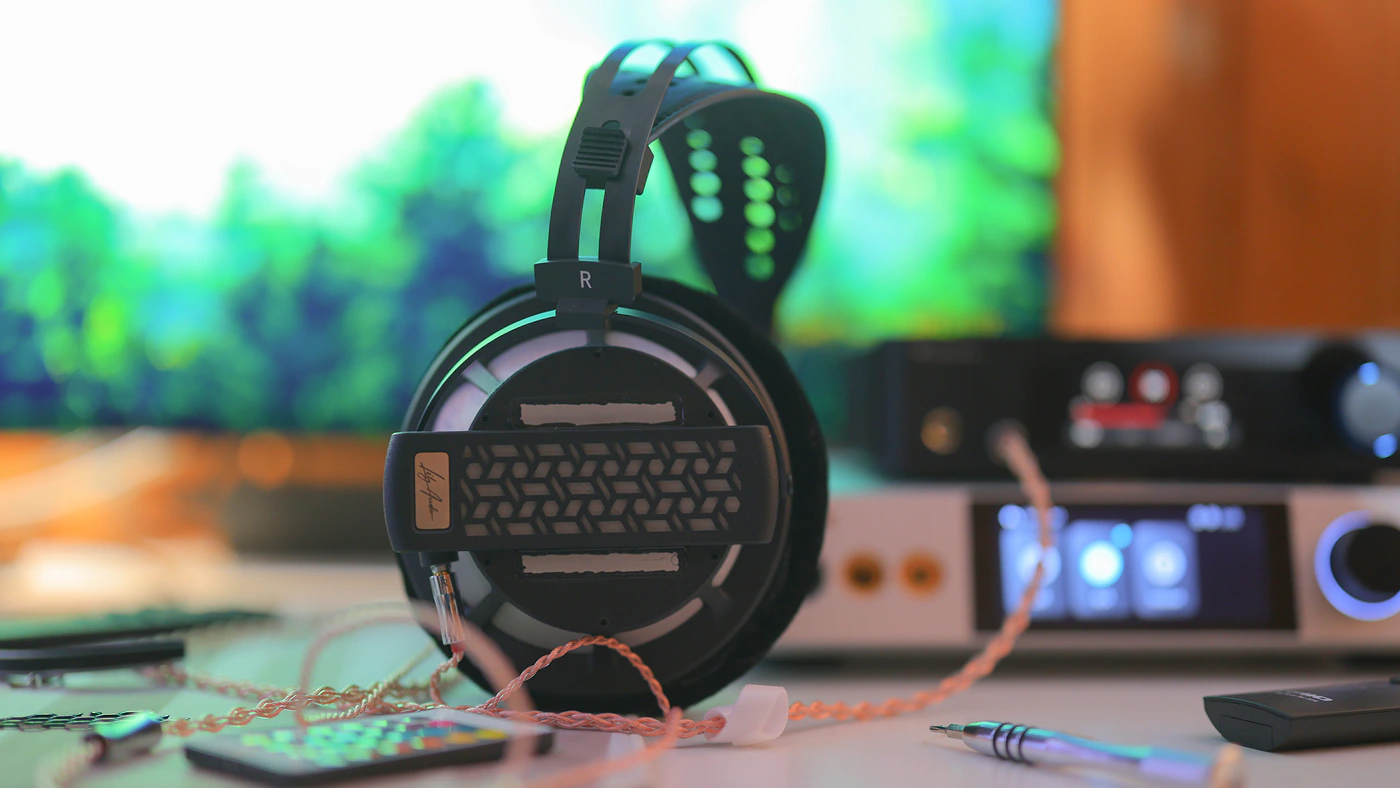
There is no passive noise isolation, as the driver is as open as they get, and Genesis One is really open in feeling, it needs a balanced cable to squeeze most performance as the version I have only came with a SE cable, but discussion with Lily Audio, they said that they would introduce a balanced cable for Genesis One, even as a likely part of the default package. Headband adjusting mechanism is on the looser side and everything about the fit is relaxed and a bit loose, clamping force is low, and they really are made for comfort, being likely the most comfortable pair of headphones I have tested in a really long time, even more so than Mirph-1.
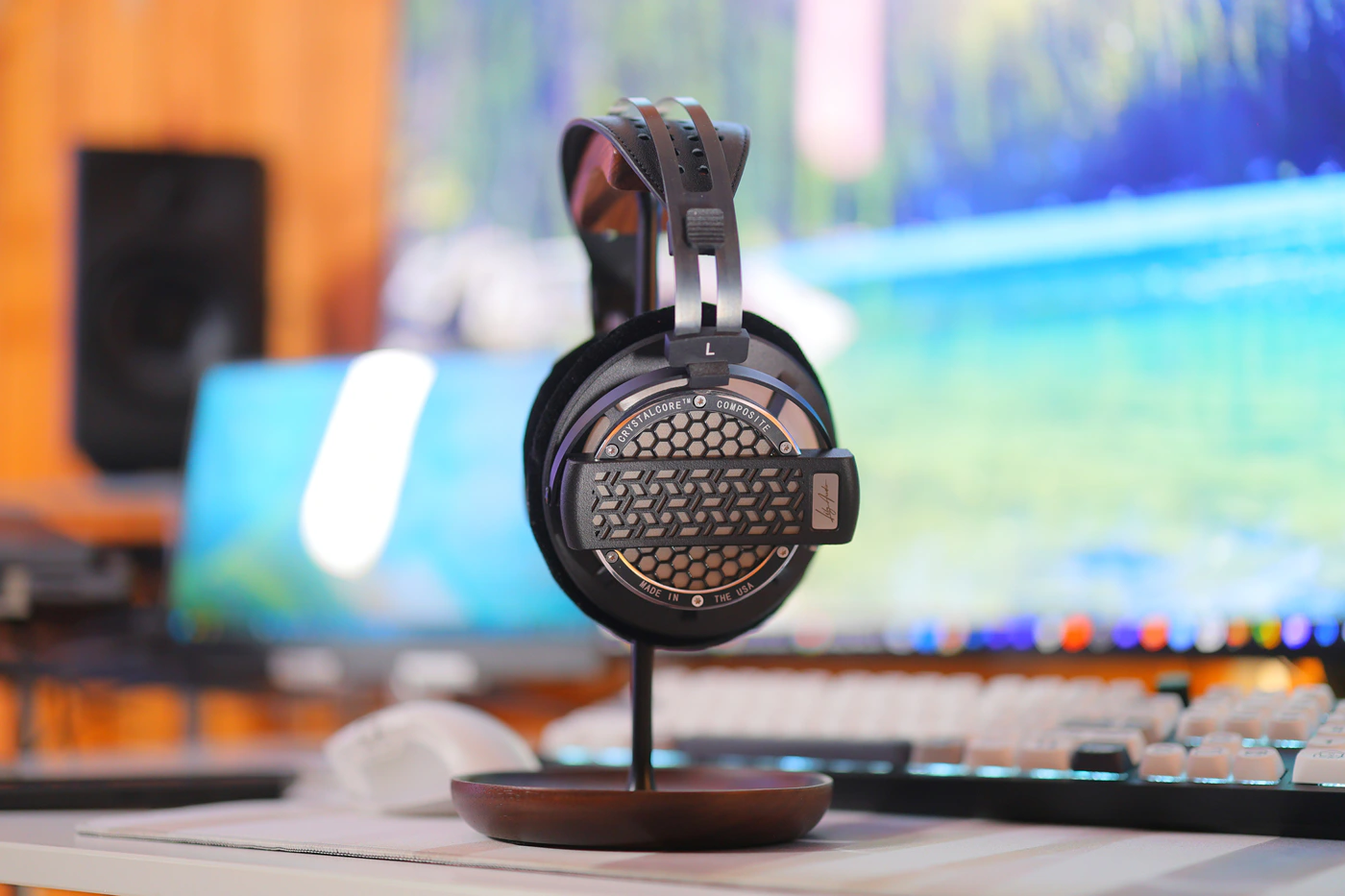
As a cautionary tale, all of the photos in this review are of the Genesis One. My initial enthusiasm is for the idea and sound, but the product is a prototype, earpads are not very full or thick, drivers will likely be refined in the final product, and there are many cosmetic details that are not final with Genesis One. I tried opening it up to confirm that they are indeed using a unique driver technology and I can confirm that Lily Audio is indeed developing a new driver tech, and that Genesis One does have the ability to become a market leader for their unique signature class.
Sound Quality
Pairings – I have paired Lily Audio Genesis One with a collection of sources, including FiiO K17, Audioengine HXL, Shanling Onix Beta XI2, Surfans F35 Music Player DAP, iBasso D17 Atheris, Burson Playmate 3, Rose Technics RT-5000, and Luxsin X9. They need more amplification than those sources can offer, more voltage, so for the baseline to get a decent volume and performance I have used an Aune S9C PRO and Aune S17 PRO Evo, Aune N7 as the main amplifier, combined with Luxsin X9 as the DAC, but OTL Tube Amplifiers sound magical with Genesis One and have more than enough power for them, like Feliks Audio Euforia Evo which I have combined with a Keces S3 for the best sonic results.

Overall Signature – Lily Audio Genesis One sounds open, wide, holographic, fast, vivid and extremely detailed. It is an analytical, slightly cold – bright – neutral sounding headphone in the midrange and treble, but with a full and punchy bass that delivers a whopping blow, depth and impact, creating a unique blend of bass that is typically associated with headphones that are dynamic driver based, and also basshead in power, with the lightning fast impulse response of electrostatic headphones, and a uniquely wide and holographic soundstage, in the style of HD8XX series of headphones that have an extreme size, but with a better definition, layering and instrument separation. Genesis One sounds fast, U-Shaped basically, and it is a new take on how you can execute this kind of signature, fast but deep, neutral in the mids, a bit distant, wide but controlled and without scattering. It sounds boundless, yet each instrument is clearly defined. I love the sound of the Genesis One for its clarity, resolution, texture, soundstage and bass impact. It is not made for vocal – centric music, especially male voices being quieter and less present than female voices.

Bass – Starting in the deep-end, Genesis One reaches 30 Hz – 40 hz for sure, and has a ton of strength down low, with exceptional impact, fast impulse response recovery, and a uniquely fast punchy and deep bass that gives music depth, texture, and presence. It is basically perfect for technical music, EDM, Techno, Dubstep, Metal and pop, new music. This type of bass is not one bit lazy, but can sound really pleasing for all newer music. Peaking range of the bass is between 40 Hz and 80 Hz which gives the low-end of the Genesis One a particularly deep and powerful sound rather than gloomy, dark or sleazy.
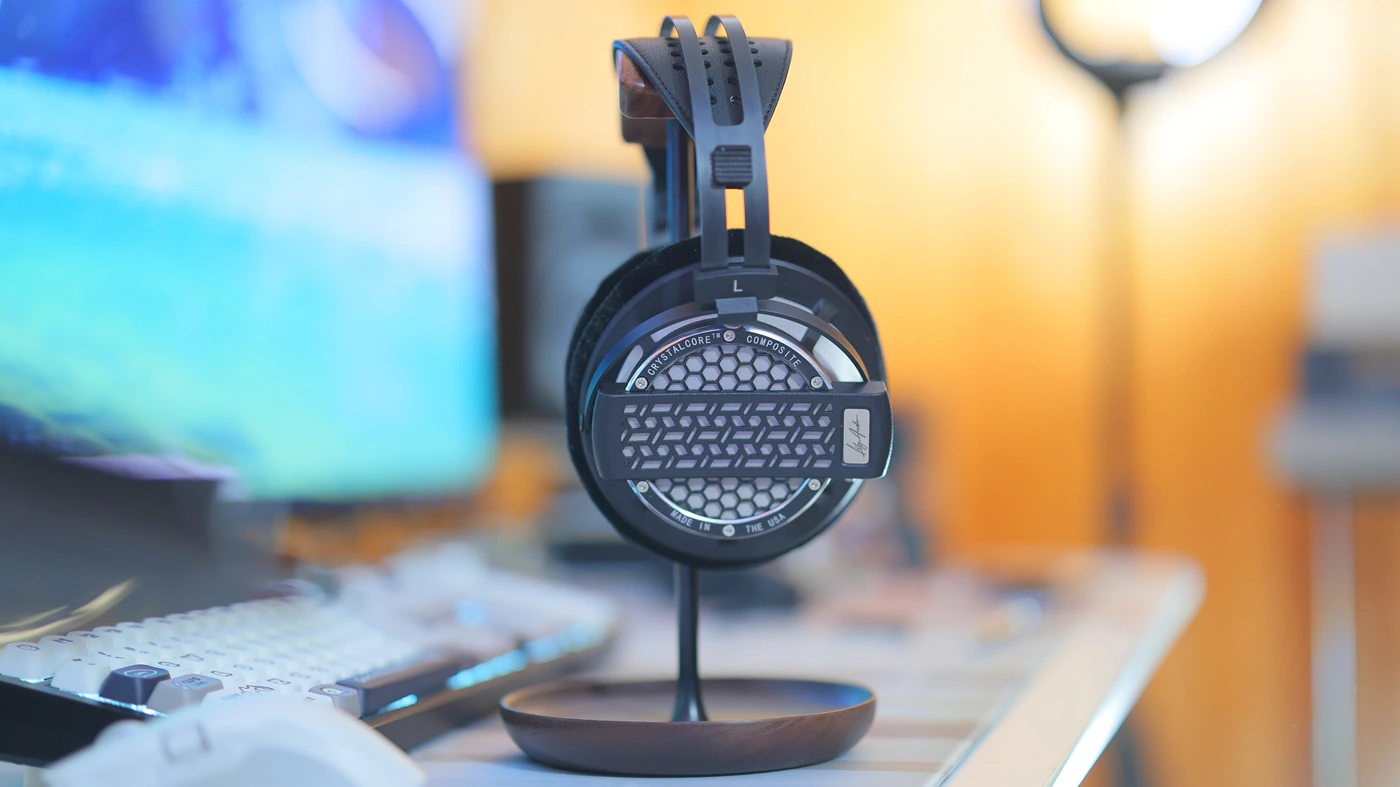
Midrange – Genesis One has a fast midrange, which is a bit cold, a bit bright, and neutral in general, with a bit more presence for female voices and thinner, brighter male voices than deeper male voices. This can sound a bit sucked out and recessed at first, but it is not an unnatural or narrow dipping of the frequency response, more of an entire lower midrange recession that allows for more space and more distance between you and the singer / instruments. With the ultra powerful bass, Genesis One never feels truly bright, but with the slightly higher amount of upper midrange and treble quantity relative to the lower midrange, the mid can sound a bit cold – neutral. I find it to work really well for metal music, rock, EDM, and pop music. It is incredibly revealing and will easily show details that no other headphones can show, especially since the layering of the Genesis One is very good, so certain effects and layers that are usually hidden by most headphones are obvious with Genesis One.

Treble – At the top, Genesis One sounds bright, open, and airy. It has more extension that most headphones and it certainly extends up to above what humans can hear. What you can hear will be airy, spicy, sharp and detailed, as Genesis one sounds airy, has a lot of extension, but no fatiguing elements. It manages to have a wet, slightly splashy character like IE800 and Ie900 without sounding quite as bright and fatiguing as those two models, giving music more balance in general. In fact, the whole time I am listening to Genesis One I am getting Ie900 vibes, with HD800 soundstage, but with the clariry and fast impulse response of Shangri La Mini and the midrange vividness of a Susvara Unveiled. This comparison will not help most readers, but it helps those who heard all those models get some kind of idea of what to expect from Genesis One, especially as I understand there won’t be a lot of words about them for a couple of months. I really hope the company can keep this amazing sound in the final version.
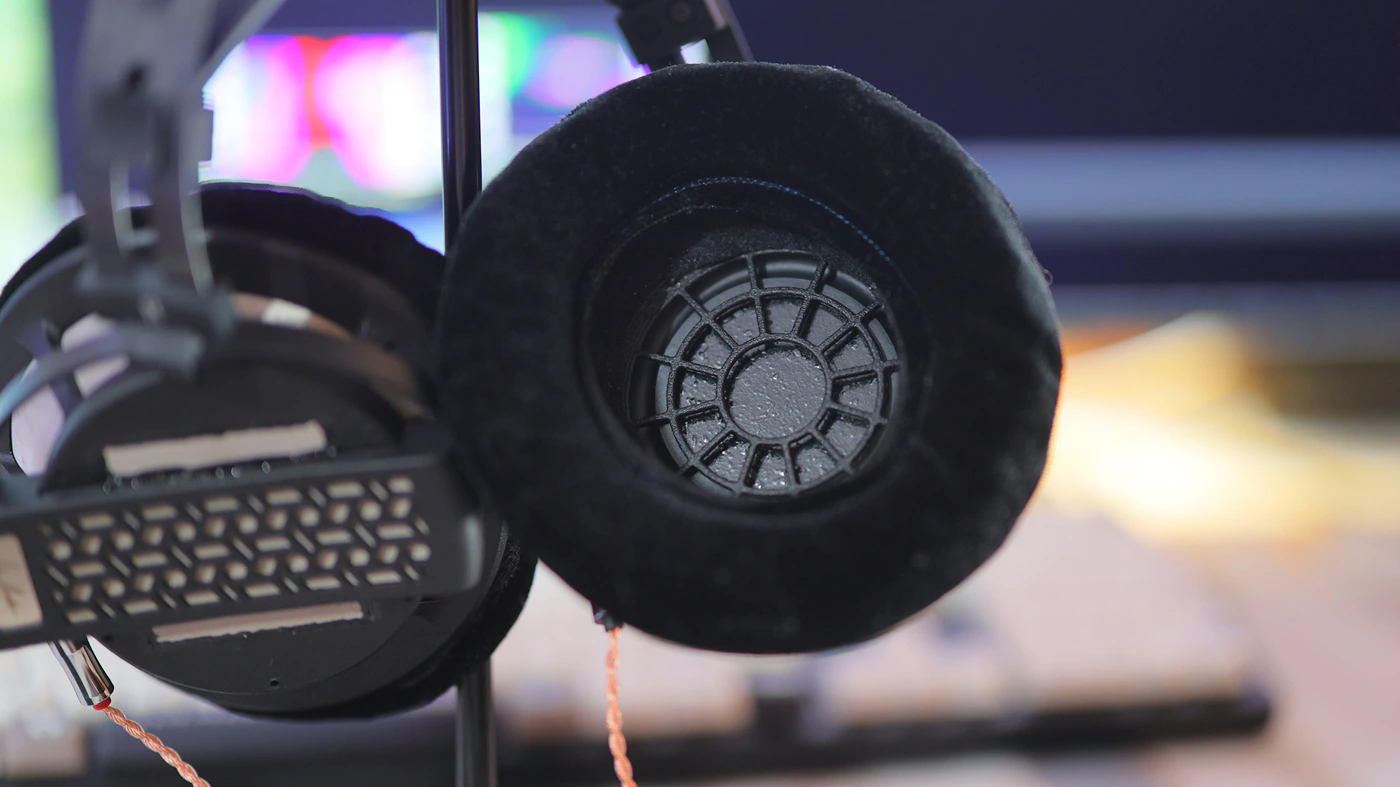
Dynamics And Textures – Genesis One has boundless dynamic range, it is unconstrained, and if most headphones have a bit of compression, in the order of Electrostatic theoretically having the least compression, but subjectively usually having the most compression, Planars being somewhere in between and dynamic drivers usually delivering the highest dynamic range, Genesis One is very similar to a dynamic driver, but extended. As they burn through most of the power they’re being fed, and you’re left with voltage, Genesis One shows just how much voltage swing your amplifier has, and the better the amplifier, the higher the dynamic range, more punch and contrast in your sound. Textures are generally sharp, and the impulse response of the driver is faster than anything I’ve ever heard before, like an electrostatic pair of headphones, but with the volume, impact and depth of a dynamic driver. When taking a closer look, the driver indeed acts like a huge dynamic driver with a heavy mass which may explain why it can deliver a strong punch, but the fact it avoids having the magnetic hysteresis might be why it can recover quickly.
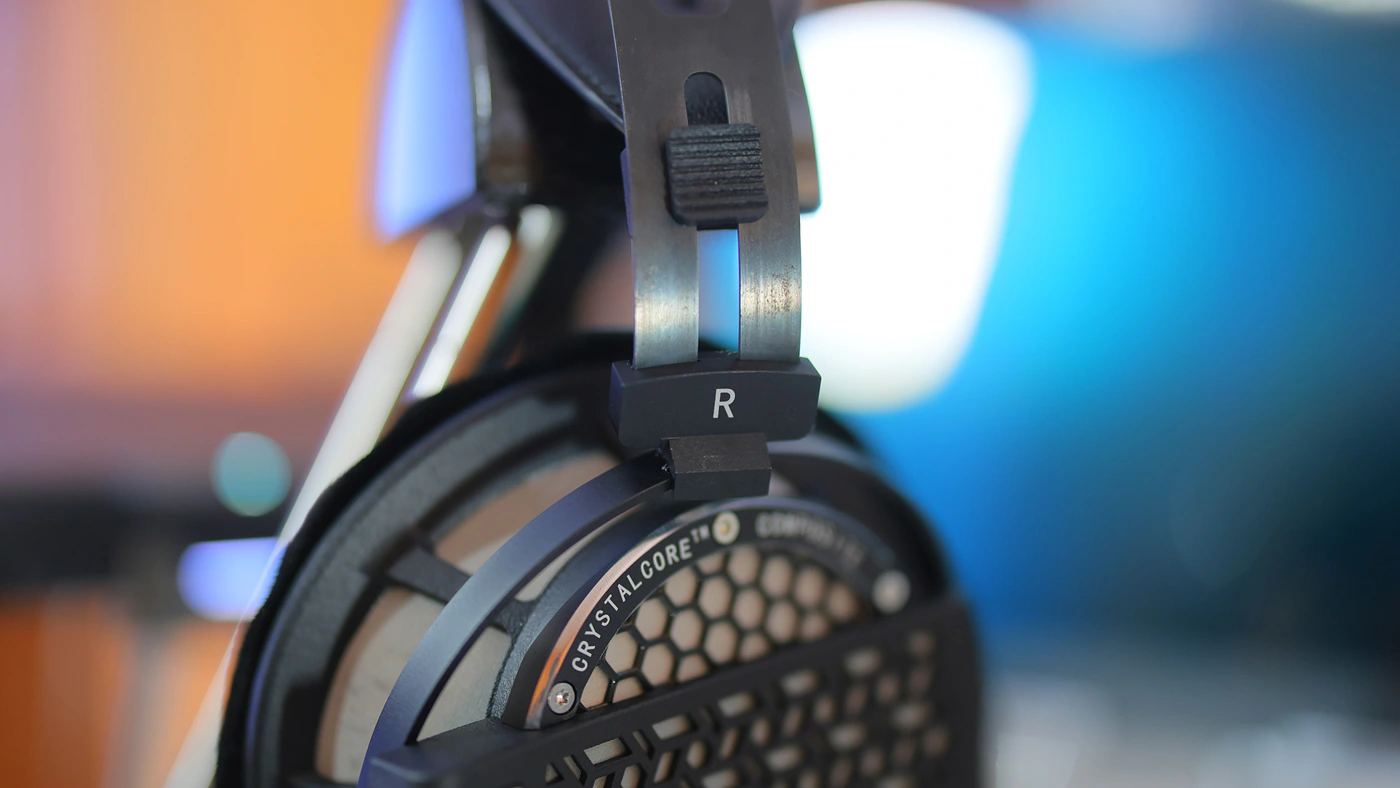
Loudness Saturation Gradient – Genesis One achieves the best sonic performance loud, and the louder you go, the better they sound. You can achieve greatness if you power them sufficiently, and they seem similar in their loudness delivery character compared to an electrostatic headphone, similar to Shangri-La mini, but where you could run into headroom issues more easily with most electrostatic headphones, Genesis One has no limits, and as long as your amplifier can provide the voltage, it will deliver the dynamic range, impact and volume with zero distortion. Genesis has a much lower distortion than most headphones so you can increase the volume significantly more than with other headphones. On the other hand, Genesis One is outstanding for low volumes too, extremely low THD levels mean that you can enjoy Genesis one regardless of your volume.
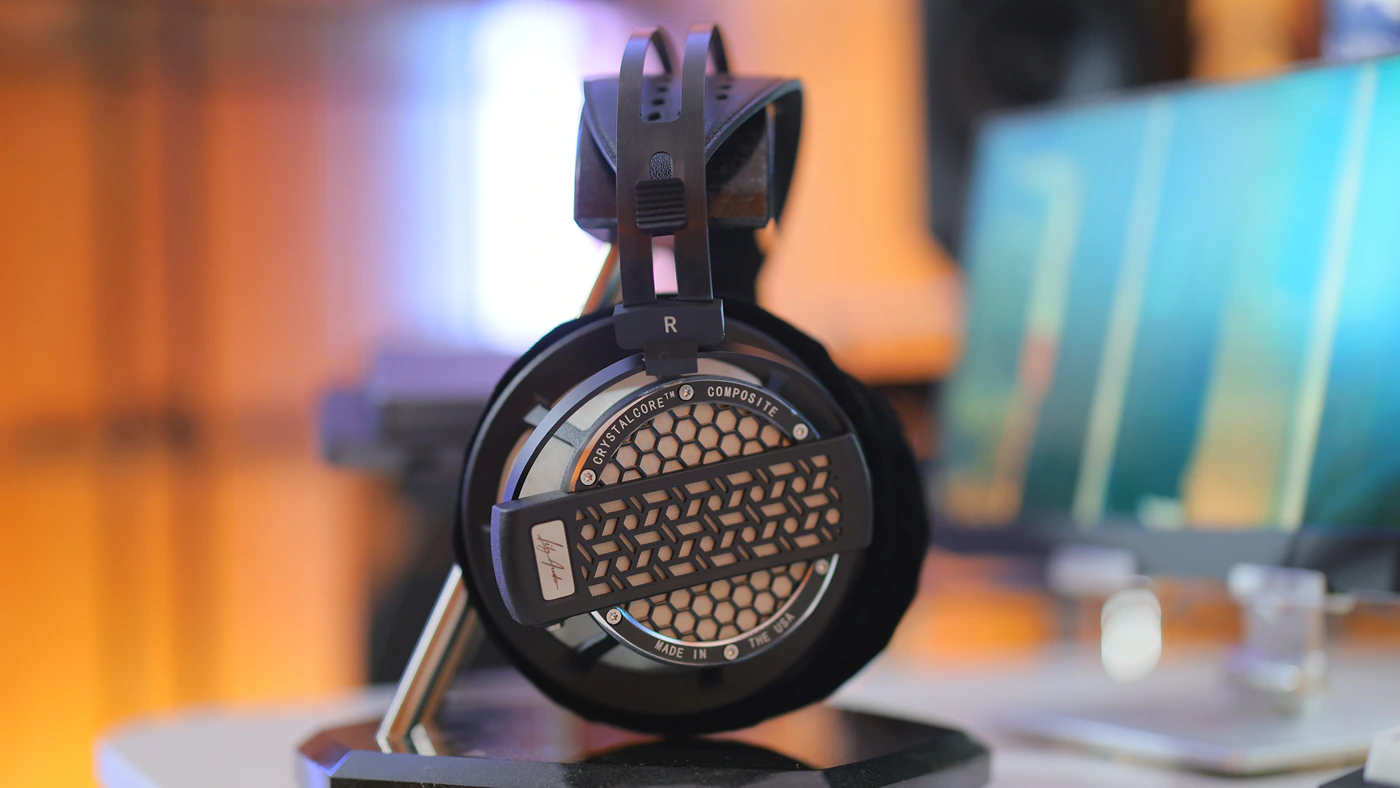
Soundstage – Lily Audio just entered the market, but they might as well have created the pair of headphones with the largest, widest, deepest soundstage that I’ve heard so far. It expands in the same boundless, endless style as Sennheiser HD800S, but with a much better instrument separation and definition, stronger layering and better definition. Size ain’t everything for everyone, and a huge part of how Lily Audio achieves the huge expansion is by having a recessed midrange. Another interesting limiting factor is that amplifiers that have the kind of voltage needed to truly power the Genesis One typically have more intimate soundstage presentations, so basically you will have to source yourself one of the 2-3 amplifiers in the whole world that have the voltage needed for Genesis One and can produce a sound that’s at the level of their max abilities. You will get the largest soundstage using an OTL Amplifier, but some solid state options will also sound really wide and holographic.
Comparisons
Lily Audio Genesis One vs Erzetich Mania V2024 (1200 USD vs 1249 USD) – Mania V2024 is a large, heavy pair of headphones that feels like a tank, and if Genesis One can feel fragile and light, Mania feels sturdy, bulky, tankish and tight. Mania uses a mini xlr connector at the headphone side, which is less generic but still fairly common compared to the 3.5mm ultra common connector found on Genesis One. Both headphones are hard to drive, both need strong and clean voltage, but Erzetich Bacillus II can drive the Mania really well, while Genesis One needs far more voltage swing and Bacillus does not drive it well. Sonically, both sound bright, open and holographic, but Genesis One sounds deeper in the sub bass, more vivid in the midrange, wider and more holographic, but also more distant in the voices. While both reveal a lot of detail, Genesis One reveals far more details and has a faster impulse response, and you can hear the heavier driver on Mania, how the driver can deliver a more lasting impact, Genesis One delivers a really fun kick and blow, but the driver recovers just as fast, sounding much snappier. For any music that is vocal centric, especially male-led songs, Mania will give them more presence and life, while for instruments, acoustic, or electronic and synths, Genesis One will have more details and sound more vivid.
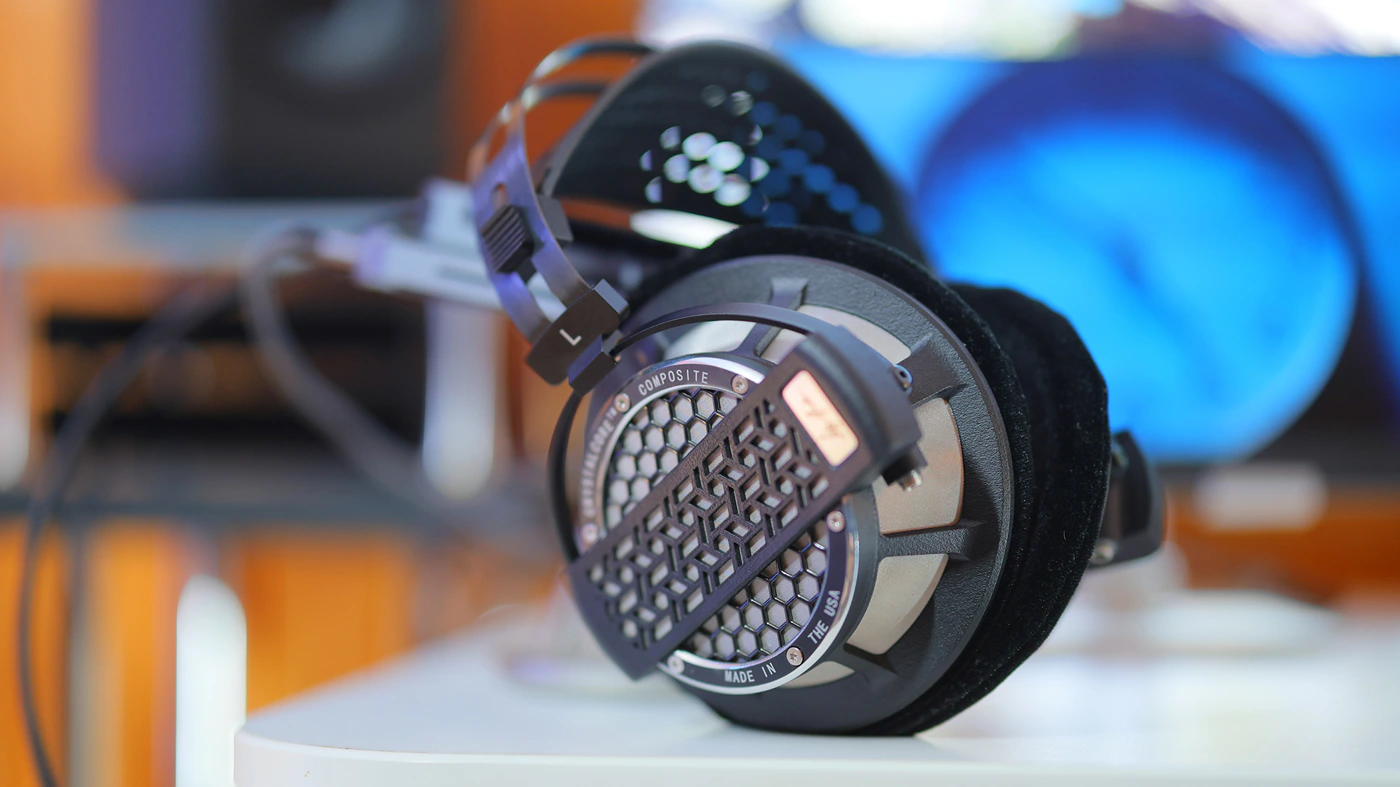
Lily Audio Genesis One vs HIFIMAN ARya Unveiled (1200 USD vs 1449 USD) – Arya Unveiled is a very traditional and characteristic pair of headphones, what I would consider a golden standard around this price point, best you can get for the money, and comfort is similar between Genesis One and Arya unveiled, in the sense that Arya Unveiled has basically the same subjective comfort, but Genesis One is noticeably lighter, has less clamping force and much larger earpads with more freedom for the directions in which the earcup can swivel. Default cable quality is not ideal for either pair of headphones and both need a 4.4mm balanced cable to truly shine. Both use the standard 3.5mm connector at the headphone side, and while both are hard to drive, Genesis One is much harder to drive, needs far more power and it is basically the kind of headphone that will shine with specific AMPs, which are different from the AMPs that ARya Unveiled will shine with. Sonically, Arya Unveiled is more forward, less wide, less holographic, but far more vocal and brings forward more intimacy, more vocal presence and more personality in music. Arya unveiled sounds warmer in the lower midrange, while Genesis One sounds more neutral – cold – bright, more analytical, reveals more details and information at the cost of also sounding less relaxed. Impulse response of Genesis One is faster, creating a clearly faster sound.
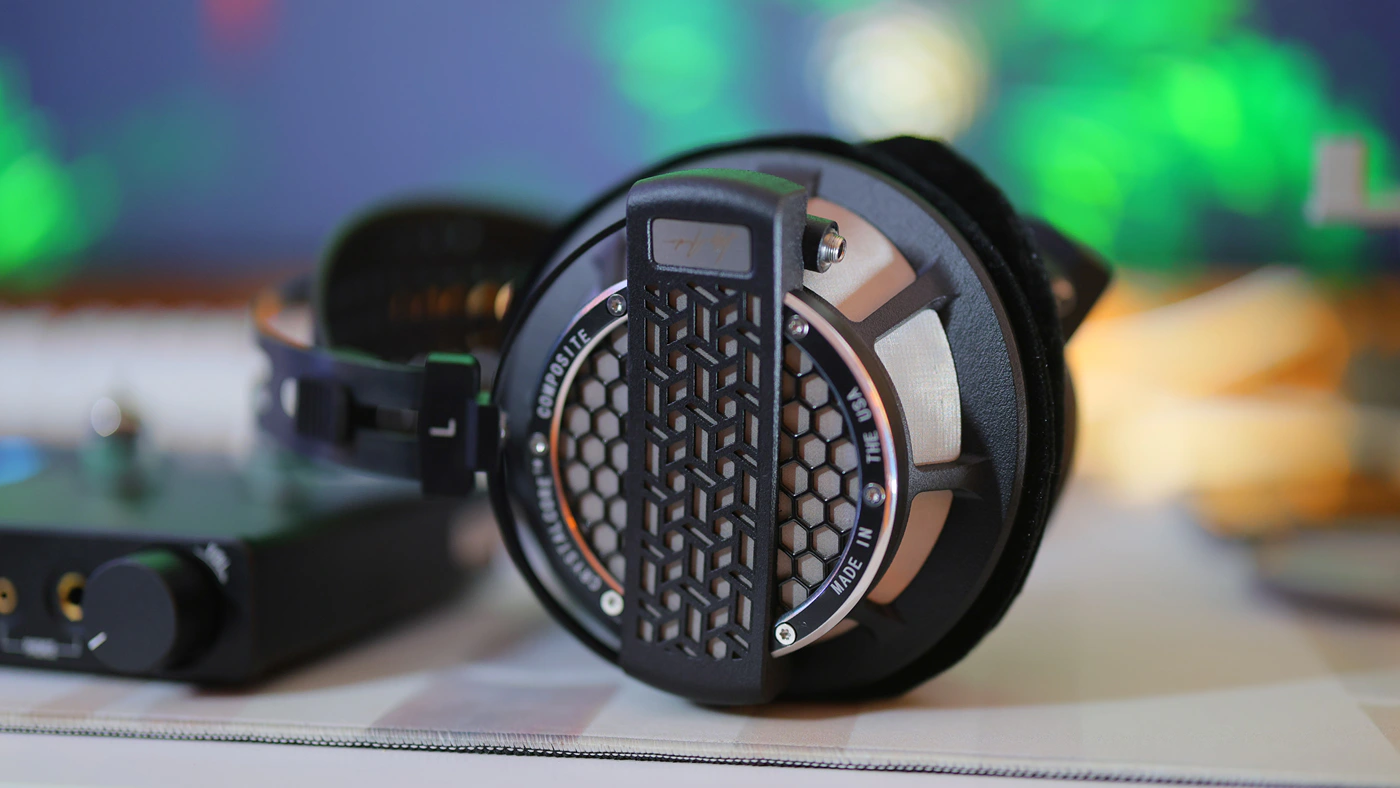
Lily Audio Genesis One vs SJY Horizon (1200 USD vs 999 USD) – Both headphones have a bit of a DIY charm for the unit that I have in my hands, but Horizon is more rough around the edges, it is more metallic, less refined, and much heavier than Lily Audio Genesis One. Genesis One is much harder to drive, despite Horizon also being in line with Susvara in how hard to drive it is, Genesis One is even harder, but it eats far less power, but needs a better voltage delivery, different AMPS will drive each well, Horizon works well with lots of power, which a lot of new amplifiers deliver, even budget ones, but Genesis One needs voltage, something either OTL or really high-end amplifiers deliver. Sonically, Horizon and Genesis One have some similarities, including the high resolution, juicy midrange and wide soundstage, but Horizon sounds more compact, more content, while Genesis One sounds much wider, has a stronger layering, higher resolution and generally has a much faster impulse response. While Horizon is a killer deal if you want a high-end planar sound for a budget, Genesis One is an interesting cross of Electrostatic character combined with dynamic driver character, and has a very different delivery.
Value and Conclusion
Lily Audio will sell the Genesis One Headphones for 1200 USD, but they have multiple special pricings if you order them through kickstarter, and what we’re reviewing today is a production sample, with a limited package, you should receive the same quality we can observe in our review today, and I can fully recommend Genesis One for their 1200 USD price and for the sound quality and experience they provide. The comfort and resolution alone are worth the price at 1200 USD, but for the special prices with up to 50% off on Kickstarter, you’re getting a killer deal with the Genesis One.

At the end of the day, if you’re looking to increase your headphones arsenal, to explore what truly high impedance sounds and feels like, if you have the means to power the Genesis One and if you enjoy a detailed, airy, huge soundstage with an impactful bass, basically a perfect U-Shaped signature, Lily Audio Genesis One is literal perfection, different from what other headphones offer, but in an excellent way and a fully recommended purchase today on audiophile-heaven.

PROs
- Incredibly comfortable, large and low clamping force
- Huge earpads with tons of space for even the largest ears
- Swivel in all directions for the earcups so you can fit the Genesis One for any head shape and size
- Generic 3.5mm connectors at the headphone side
- Outstanding overall user experience
- Really deep bass, with extension down to 20 Hz and a strong punch starting with the sub-bass
- Recessed midrange that helps create the huge soundstage Genesis One has
- Airy, sparkly treble with excellent strength and impact
- Brilliant resolution and detail
- Sound that works well for all music styles, but with a special emphasis on electronic styles for the holographic soundstage and impressive resolution
- Also works really well for classical and acoustic music thanks to exceptional instrument separation and huge soundstage.
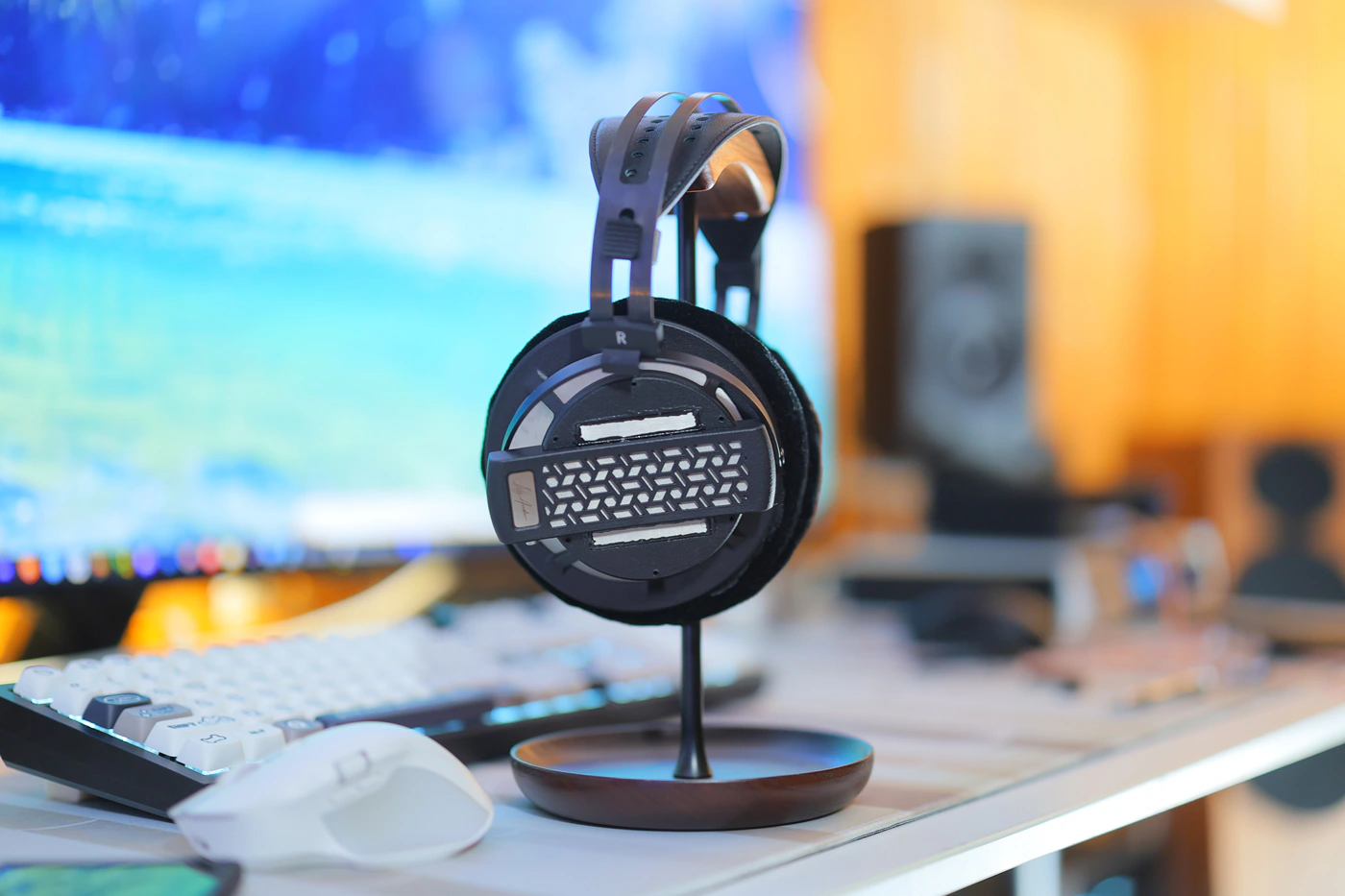
Cons
- Neutral – Cold midrange that is recessed won’t work well with vocal centric music
- U-Shaped signature is a matter of taste
- Final sound quality is quite dependent on the quality of the amplifier and DAC you’re using
- I am reviewing a prototype, it is not a final product
Product Link
Kickstarter With Special Perks – https://www.kickstarter.com/projects/lilyaudio/genesis-one-audiophile-headphones
--- Please remember to stay safe, and always have fun while listening to music!---
- If you have a dime to spare, please donate, and help us! It would make the day brighter for me and my wife-
Full Playlist used for this review
We listened to more songs than those named in this playlist, but those are excellent for identifying a sonic signature. I recommend trying most of the songs from this playlist, especially if you’re searching for new music! The playlists are different for Spotify, Tidal and Youtube, and based on the songs I enjoy and are available on each!
https://www.youtube.com/playlist?list=PL_cjBXGmwSHSdGcwuc_bKbBDGHL4QvYBu
https://open.spotify.com/playlist/5J3oloz8Riy9LxEGenOjQ0?si=979ba4f082414be7
https://tidal.com/browse/playlist/330fd544-8e5b-4839-bd35-676b2edbb3d5
--- Contact Us ---





